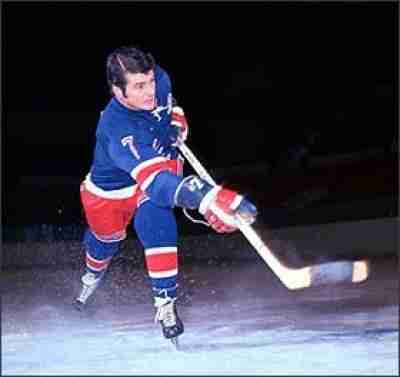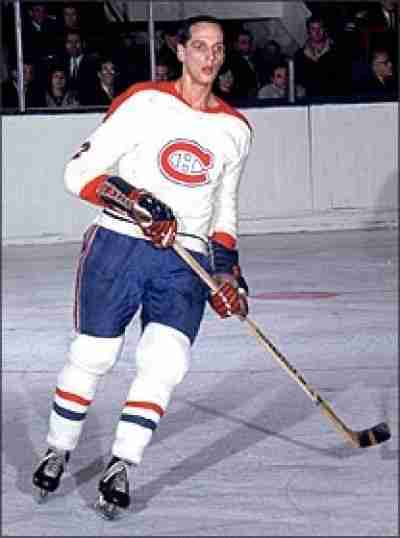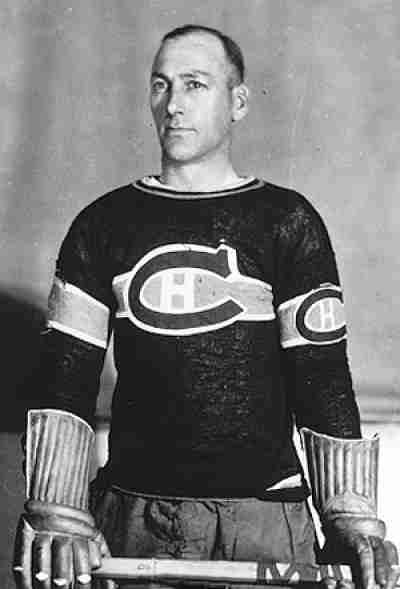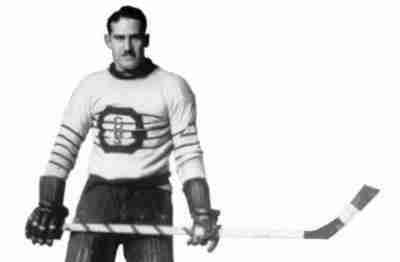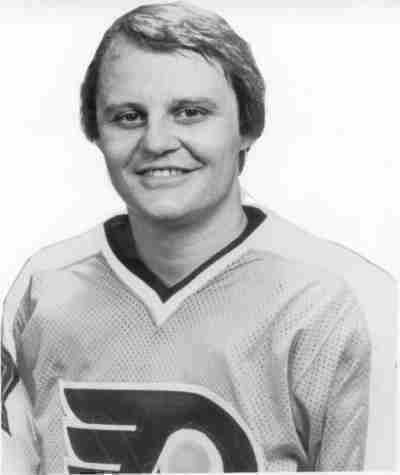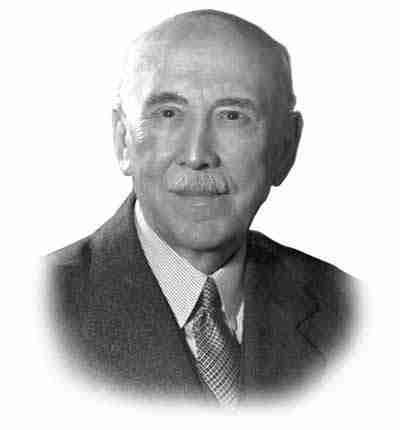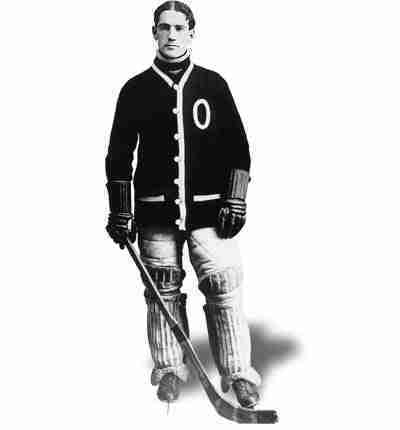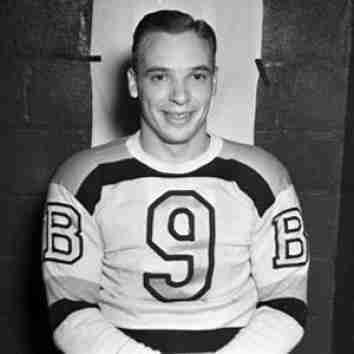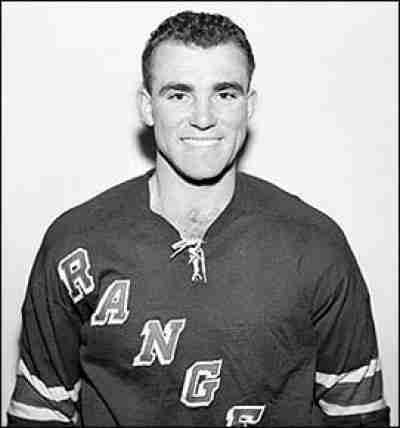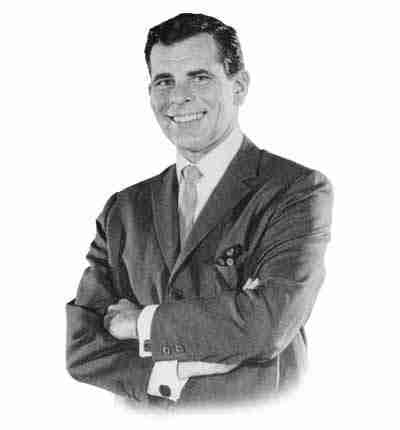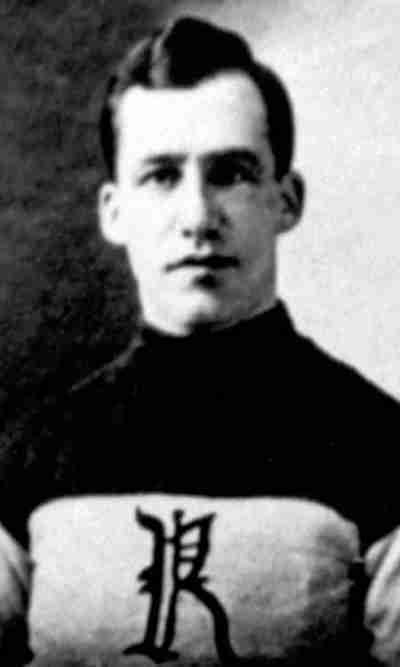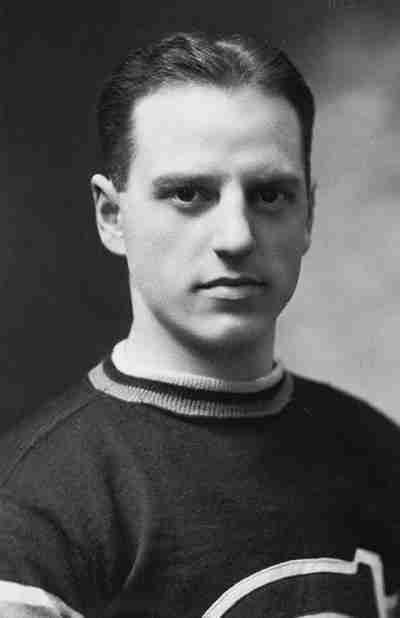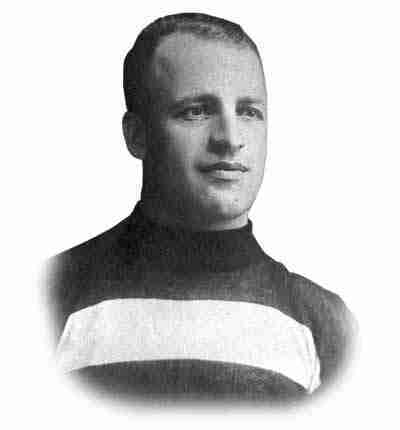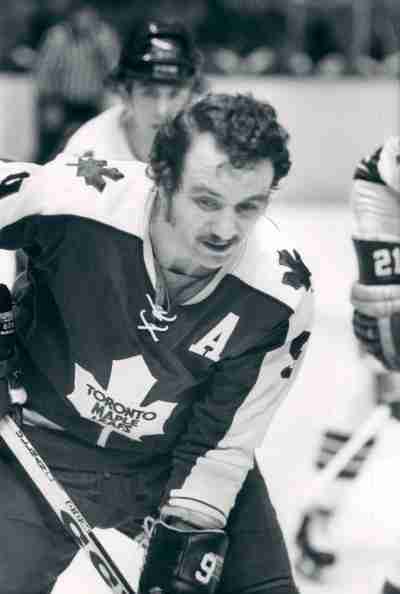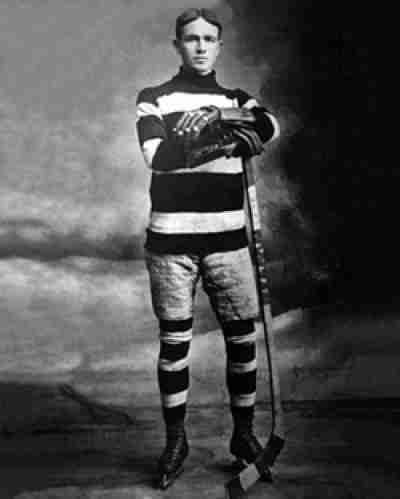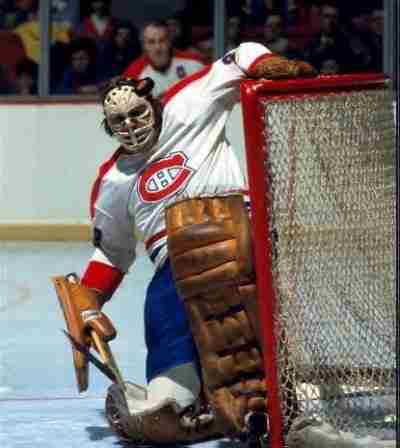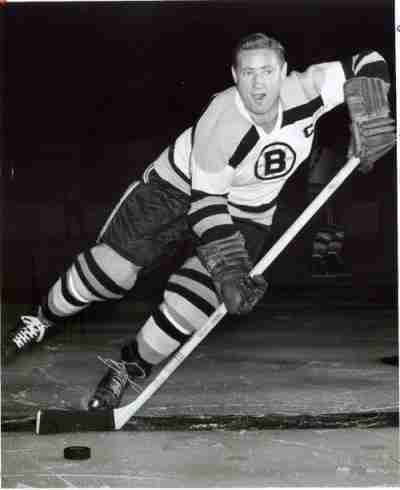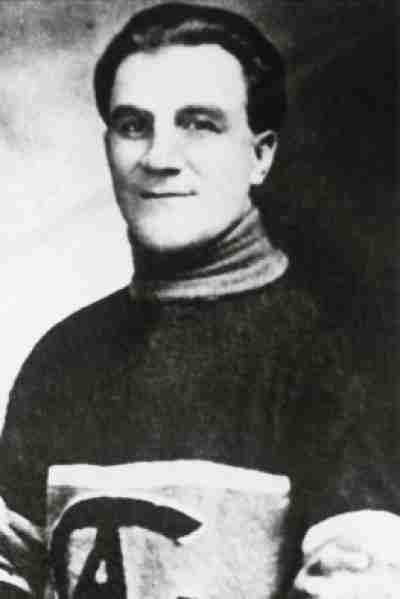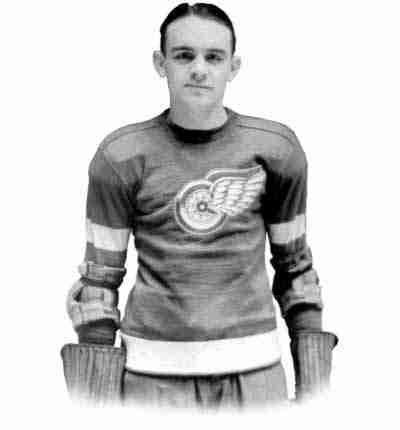Current Hockey Hall of Fame Inductees (383)
Outside of the province of Ontario, how many people are aware of the city of Kingston? Let’s take that a step further. How many outside of Canada know about this place? We will wager that it isn’t a lot, and those that answer that they heard of it, probably are thinking of the version in Jamaica instead. Now had this city on the Northeastern corner of Lake Ontario remained the home of the Hockey Hall of Fame would it have developed a bit of an international flair or enhanced reputation? Maybe it would have been more of a staple of “Canadiana”, as Kingston is the home of the First Canadian Prime Minister, and the unofficial band of Canada, The Tragically Hip. Stands to reason that it would have been a great fit for the unofficial sport of Canada (it is actually lacrosse) and the official passion of the country.With the launch of the Baseball Hall of Fame, the sport of hockey looked to follow suit. Its biggest league, The National Hockey League had a core of seven teams (which was pared down to six in 1942, when the New York Americans suspended operations) was a healthy organization, and though it was only relevant in cold weather climates, it was a sport that already had a long history, and the coveted Stanley Cup; which was then (and still is) the most impressive trophy in the entire sporting world.
The biggest proponent of an institution recognizing hockey excellence was a Canadian named James T. Sutherland. Born in 1870 (in Kingston naturally), Sutherland played as much hockey as he could and was a member of the Athletic Club of Kingston which was part of what was believed to be the first organized league the sport had. He would later form the Kingston Frontenacs, who would participate in the Ontario Hockey Association and would eventually become the Leagues president. Captain Sutherland (a rank he would achieve serving for Canada in World War I) would create the Memorial Cup; a trophy honoring those who fought in the Great War and to be given to the top Junior team in Canada. Incidentally, this is still the same trophy given to the team that wins the post season tournament in the Juniors in Canada.
Once the National Hockey League and the Canadian Amateur Hockey Association agreed to mutually put together a Hall, Sutherland (who had also served as the President of the CAHA) fought for Kingston to be its home. It was not just because he was a native of the city, but because he legitimately believed that Kingston was the rightful birth of modern hockey (which is near impossible to prove). Regardless of where hockey began, Kingston was to be pegged as its home.
Although construction had yet to begin on the facility, the first class was selected in 1945 which inducted nine players. It also had a “Builders” category which honored those who helped develop the game. As we look at those who are inducted to this institution, we will do so chronologically. Let’s take a ride on Hockey’s highway shall we?
One of the best New York Rangers of all time, Rod Gilbert may never have drank from the Stanley Cup, but the career long Ranger was a consistent producer on Broadway and a regular at the annual All Star game. Gilbert’s best seasons came in the early 70’s, when New York was icing a good team (the teams in the mid 60’s were not particularly good)…
Another key part of the Montreal Canadians dynasty of the 60’s, Jacques Laperriere brought a stable presence on the Habs blue line. He was a player who rarely made mistakes and was able to position himself perfectly to stifle attackers and strip them of the puck. He was not a goal scorer, but had respectable assist totals and was the ignition for many counter attacks.…
Herb Gardiner did not enter the National Hockey League until he was 35 years old. It was not because he wasn’t good enough, as he certainly was, but in the early 20’s, Hockey had multiple talented leagues and he chose to ply his trade for the Western Canadian Hockey League and was the defensive star for the Calgary Tigers and won the league title there in…
Although Harry Watson was a career amateur Hockey player, it was not because he did not have multiple and lucrative offers to play professionally. Watson was a two time Allan Cup winner and he led his team (the Toronto Granites) to an Olympic Gold for Canada in the 1924 Olympics where he scored 36 goals in five games. Watson not only made the Hockey Hall of…
Bill Barber was converted to Left Wing from his Center position by Philadelphia Flyers Head Coach, Fred Shero. As it turned out, the move put him on a first line with Bobby Clarke, and Barber never looked back. He was a strong player who was punishing when he needed to be (he was a member of the Broad Street Bullies after all), was offensively skilled…
A very important figure behind the scene in the growth of hockey (especially in Montreal), William Northey helped to establish the ECAHA (Eastern Canada Amateur Hockey Association) and later the CAHA (Canadian Amateur Hockey Association). Northey helped to convince Sir Montagu Allan to donate a trophy (The Allan Cup) which was (and still is) given to top Amateur team in Canada. He would become the Cup’s…
Initially a Right Winger, Percy LeSueur achieved his greatest success in organized hockey as a Goaltender. LaSueur was not just a student of the net, but a teacher as well. He wrote a manual on the position while in his prime and led Ottawa to two Stanley Cups. While playing, he created the gauntlet style glove and the style of net used in hockey from 1912…
The final entrant in the Hockey Hall of Fame’s Veteran’s Category, Roy Conacher won the Art Ross Trophy in 1949. Conacher was seemingly born to score, as he led the NHL in goals in his rookie year, and would finish second four other times. He was part of two Stanley Cup wins in Boston and like so many others, had his prime taken away by…
A very good Defenceman who knew how to control his end of the ice expertly, Harry Howell won the Norris Trophy in 1967 (the last before Bobby Orr dominated the award) and was named a First Team All Star that year. Although, he was never named to another Post Season team, he was good enough to have played in seven All Star contests. Howell was known…
Let’s talk about the good first. Bill Wirtz took over a lot of the operations of the Chicago Blackhawks in the late 50’s and the Hawks won a Stanley Cup in 1961. He would become the team President, and though Chicago did not win another Cup that decade, they remained a competitive and stacked franchise. Wirtz also served on numerous committees including the NHL Expansion, the…
Another of the class of 1963 that likely should not be in the Hockey Hall of Fame, Frederick Whitcroft’s lone Stanley Cup Appearance was aiding the Kenora Thistles defend the Stanley Cup against the team from Brandon, Manitoba. Whitcroft did have a decent touch for scoring goals, but realistically, his career was not a long one and his induction to the Hall of Fame is…
The 1934 Hart Trophy Winner, Aurele Joliat was a star for the Montreal Canadians for many years and was a popular star. The diminutive Joliat (he only stood five feet seven) was nicknamed the “Little Giant” and was a major part of four Stanley Cup runs by the legendary Montreal Canadians. The career Montreal Canadians Left Winger was rightfully inducted to the Hockey Hall of Fame…
Had there been a Lady Byng Trophy in Eddie Gerard’s day, there is a solid chance he would have won a boatload of them. Gerard was not just a gentlemanly player, but a certifiable star on the blue line. Initially Gerard started his career as a forward, but once he converted to defense he was came into his own and propelled the Ottawa Senators to three Stanley…
Although Norm Ullman never won a Stanley Cup, it was not because he didn’t give everything he had as shown by him being the leading scorer in the playoffs twice. That was no surprise as Ullman was always a good scorer and had sixteen seasons where he at least put the puck in the net twenty times, and he did win the goal scoring title in…
It has to be safe to say that Jack Darragh loved the city of Ottawa. He was born there, died there, and played his entire Hockey career with the Ottawa Senators. A very intelligent player with a wicked backhand shot, Darragh helped the Sens win four Stanley Cups. He was far from the best player on his team, but as a proven winner, he entered the…
On a hunch, the Montreal Canadians started Ken Dryden in the 1970/71 playoffs. Dryden is now known as one of the best goalies ever, and easily the best of the 1970’s, but prior to those playoffs, he only had played in six regular season NHL games and was not known much at all. Dryden not only played well, but won the Conn Smythe Award as the…
This is actually the first Veteran Category induction we like. Fern Flaman was a rough and tumble Defenceman with hard hitting acumen that made him one of the better blueliners of the 1950’s. Flaman entered the NHL early at the age of 18 when World War II thinned the ranks, but he proved he was there to stay when the big boys returned. He was…
The first ever Australian born man to enter the Hockey Hall of Fame, Tommy Dunderdale immigrated to Canada at a young age and like many, took up the sport of Hockey. Dunderdale was a very capable goal scorer and spend the bulk of his career in the very good Pacific Coast Hockey Association where he was the all-time leading goal scorer. That may be a nice…
Although he was born in Ontario, Jack Laviolette moved to Quebec at a young age and became one of the first true French Canadian stars in Hockey. His first taste of pro hockey was in Michigan, but he returned to Montreal and was a long time player with the Shamrocks and later the fabled Montreal Canadians. He was a decent Defenseman, a good leader and a…
The second inductee from the “Veterans” Category is even more suspicious than the first. Herbie Lewis had proven to be a decent forward for the Detroit franchise in the 1930’s, but did he do anything that was really of Hall of Fame note? He was part of two Stanley Cup winning teams, and was a very good post season performer, but realistically Lewis is a…


